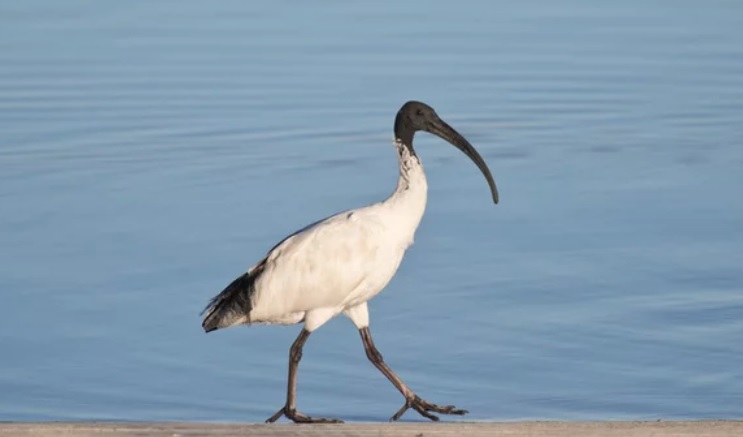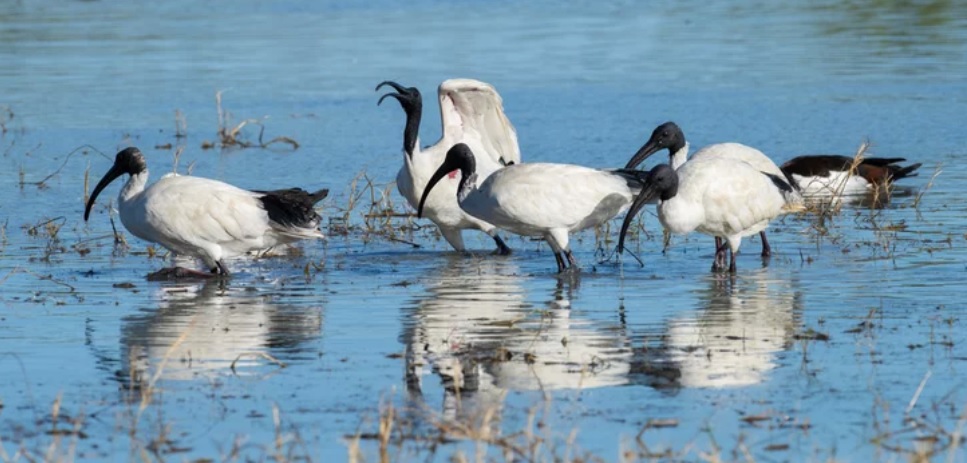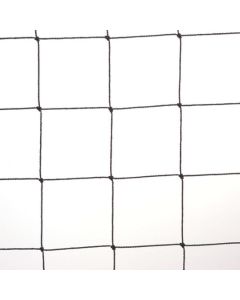Australian White Ibis
Australian White Ibis
Scientific Name: Threskiornis molucca
How to identify an australian white ibis
The Australian White Ibis is identified by its almost entirely white body plumage and black head and neck. The head is featherless and its black bill is long and down-curved.

Where are australian white ibis commonly found?
Australian White Ibis are found predimonantely at dump sites, tree clumps, parks and man made structures.

Why are australian white ibis considered a pest?
In urban areas, the Australian White Ibis scrounges for a living by scavenging at rubbish tips and in city parks.

What is the biology and lifecycle of australian white ibis?
Breeding season is August through to April with up to 3 clutches per season.
Management Tips for Australian White Ibis
To effectively protect a building from a bird problem, it often requires a combination of products. Take into account the following in designing your bird protection system:
-
Bird species/pressure
-
Building structure
-
Location of problem
-
Installation issues
-
Durability requirements
-
Aesthetic requirements
-
Safety/environmental concerns
-
Cost

A wide range of bird protection systems are available to effectively protect a building from a bird problem with various different methods:
Area exclusions - When installed correctly, bird netting provides the most complete, humane and durable system for bird exclusion.
Ledge exclusion - Large Birds: A system of spikes, wires and spiders can be utilised to discourage birds from landing on ledges. All Birds: a system of slopes and shock systems can be utilised.
Scare devices - A variety of scarer and repeller devices are available
Traps - For humane and safe removal of birds, particularly in sensitive areas
Solar panel protection - Solar panel exclusion kits are designed to prevent nesting under solar arrays - avoids expensive damage and reduction in efficiency due to bird droppings on panels.
Disease protection - PX Ornikill can be used as a clean up product and disease protection treatment, kill a range of disease organisms associated with pest birds such as ornithosis and psittacosis.



